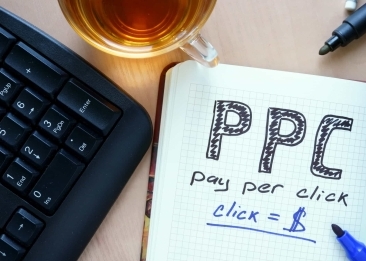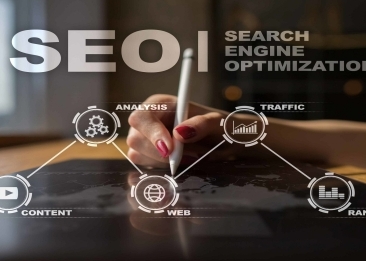Related posts
-
How to Turn Website Visitors into Roofing Clients with Landing Pages
In the competitive world of roofing, turning website visitors into paying clients is crucial for business growth. One of the most effective tools for achieving this conversion is a well-designed landing page. Unlike general web pages, landing pages a...
-
Boost Your Roofing Business with Effective Pay Per Click (PPC) Advertising
In the highly competitive roofing industry, standing out from the crowd can be a challenge. Pay Per Click (PPC) advertising offers a powerful solution to help roofing businesses gain visibility, attract qualified leads, and drive growth. By strategic...
-
Content Marketing Ideas to Attract More Roofing Customers
In today's digital landscape, content marketing has become a powerful tool for businesses looking to attract and engage customers. For roofing companies, content marketing offers an opportunity to educate potential clients, showcase expertise, and bu...
-
How to Measure the Success of Your Roofing Marketing Campaigns
Marketing is an essential part of growing a successful roofing business. But how do you know if your marketing efforts are actually paying off? Measuring the success of your roofing marketing campaigns is crucial for understanding what works, what do...
-
Maximizing ROI: The Best Keywords for Roofing PPC Campaigns
In the competitive landscape of roofing, Pay-Per-Click (PPC) advertising is a powerful tool for driving targeted traffic and generating leads. However, to achieve a high return on investment (ROI) with your PPC campaigns, selecting the right keywords...
-
How to Generate High-Quality Roofing Leads: Proven Techniques
In the competitive roofing industry, generating high-quality leads is essential to growing your business. But not all leads are created equal. High-quality leads are those that are more likely to convert into paying customers, ensuring a better retur...
-
Email Marketing Strategies to Keep Your Roofing Clients Engaged
Email marketing is one of the most effective tools in a roofing company’s marketing arsenal. Unlike other forms of marketing, email allows you to maintain a direct line of communication with your clients, keeping them informed, engaged, and connect...
-
Top SEO Tips to Rank Your Roofing Website on Google’s First Page
In the competitive roofing industry, having a strong online presence is crucial for attracting new customers. When potential clients search for roofing services, they are most likely to click on one of the top results on Google’s first page. Theref...
-
The Ultimate Guide to Roofing Marketing: Strategies for 2024
The roofing industry is more competitive than ever, and as we head into 2024, staying ahead of the competition requires a well-rounded and forward-thinking marketing strategy. Whether you're a seasoned roofing contractor or just starting your busines...
-
Local SEO for Roofers: Dominate Your Market and Drive More Sales
In the competitive roofing industry, local SEO (Search Engine Optimization) is essential for attracting nearby customers and driving sales. Local SEO focuses on optimizing your online presence to rank higher in search engine results for location-base...
-
Why Roofing Companies Need a Strong Online Presence in 2024
In 2024, the importance of a robust online presence for roofing companies cannot be overstated. As consumer behavior continues to evolve and digital platforms dominate how people find and engage with businesses, having a strong online presence is ess...
-
How to Create a Roofing Marketing Plan That Actually Works
Creating a successful marketing plan for your roofing business requires a strategic approach, a deep understanding of your target audience, and a commitment to ongoing evaluation and adjustment. A well-crafted marketing plan not only helps you attrac...











